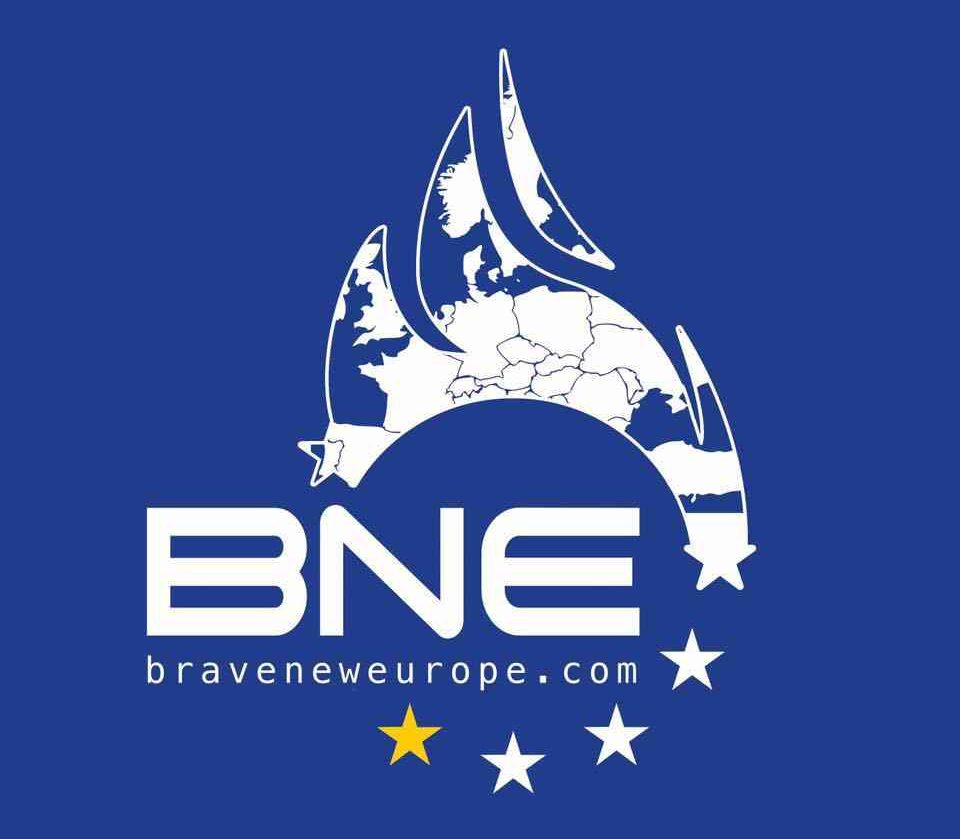Ian Proud was a member of Britain’s Diplomatic Service from 1999 to 2023. He served as the Economic Counsellor at the British Embassy in Moscow from July 2014 to February 2019. He recently published his memoir, “A Misfit in Moscow: How British diplomacy in Russia failed, 2014-2019.”
Cross-posted from Responsible Statecraft
Mark Rutte, the new NATO Secretary General has called for the Alliance to commit to Cold-war levels of military spending by 2030.
By doing so, he is placing in the minds of NATO citizens the idea that modern Russia offers the same level of threat as the Soviet Union. But you don’t need to look too hard at the numbers to see that this is a false and deliberately misleading comparison.
Rutte’s statement echoes a call by Donald Trump to boost NATO spending to 3%, a bandwagon the British Foreign Secretary quickly jumped aboard. The U.S. spends 3.38% of GDP on defence after all, accounting for two thirds of total NATO spending. Only three other Members — Poland, Estonia and Greece — spend above 3%, while eight Members fall short of the existing 2% target.
“During the Cold War, Europeans spent far more than three percent of their GDP on defense,” Rutte said.
However, the Cold War comparison is highly erroneous. The Soviet Union was a direct peer competitor to the United States, with its tanks and troops right on the doorstep of Western Europe. Although the Soviet economy was never comparable to America’s, it nonetheless amounted to just over half of U.S. GNP in 1984. However, the Soviets spent considerably more on defense, and a CIA report of 1982 estimated that total Soviet military expenditure had exceeded U.S. spending by a small margin by 1980.
In the 1980s the Soviet Union had a standing military of 4.3 million personnel — more than two times the size of the U.S. standing military. The Soviet population by 1990 was 288 million compared to 250 million Americans. So, across key measures, it was a comparable, if not larger, adversary.
That comparison simply doesn’t apply today. Russia is not by any economic, demographic, or conventional military measure a peer competitor either to the U.S. or to the NATO alliance writ large. The sole exception is Russia’s nuclear arsenal, which is of a frighteningly comparable size.
Russian GDP is 24.5 times smaller than the combined GDP of NATO members and 11.5 times smaller than in the U.S. Its population is seven times smaller than the combined NATO population and almost two and a half times smaller than the American population. Its much expanded total military headcount is only 45% of the size of NATO standing armies. In an attritional war with NATO, which Russia has always sought to avoid, it would not have the demographic or economic reserves to win out.
So, the Cold War comparison is deeply unhelpful and irrelevant as a frame of reference. The bigger point is that, even with defense spending at current levels, NATO is the biggest military empire the world has ever seen. According to the SIPRI database, NATO in 2023 accounted for 57% of global defense spending.




Be the first to comment